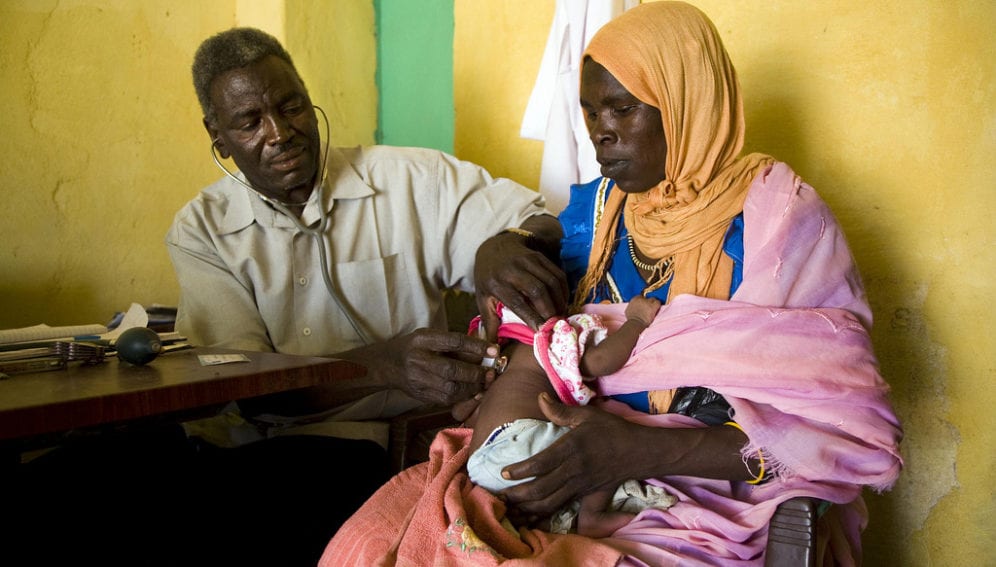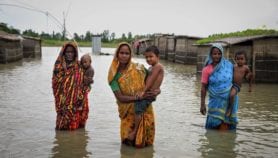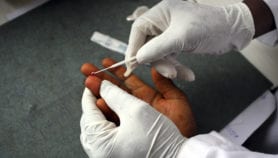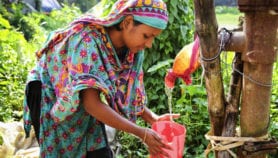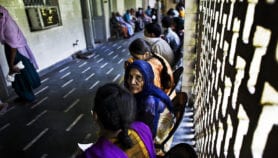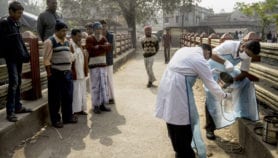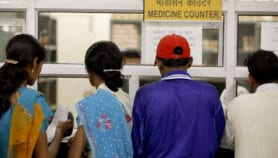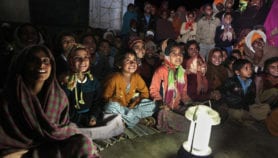By: Lou Reade
Send to a friend
The details you provide on this page will not be used to send unsolicited email, and will not be sold to a 3rd party. See privacy policy.
Some of the statistics in the latest Millennium Development Goals report are up to four years old, according to the lead author of the report published yesterday.
“The poverty figures go back to 2010. We’re now in the middle of 2014, so that’s quite frustrating,” says Keiko Osaki-Tomita, chief of the demographic and social statistics branch of the UN’s Statistics Division.
But she does not believe that outdated statistics hamper progress towards meeting the goals, because they show the general direction the figures are moving from year to year.
“We can see which way the trend is going, and that’s important,” she says.
“Capturing population size is very important, as it is often the basis for other estimates. We need this baseline data.”
Keiko Osaki-Tomita, UN’s Statistics Division
The annual Millennium Development Goals (MDGs) report is compiled using statistics from agencies including UNICEF (the UN Children’s Fund) and the World Bank. They are used to track progress towards the MDGs, which were set back in 2000 and whose deadline is the end of 2015. The report itself acknowledges that some statistics date back to 2012 or 2013.
“We wanted to show the most recent picture, but couldn’t get the latest information,” Osaki-Tomita says. “However, the World Bank is going to revise its poverty figures this summer.”
She says that outdated or missing figures are an ongoing problem, and that often it is the most basic kind of data that are missing.
“We don’t know exactly how many babies are being born. Or the reasons behind why some people are dying,” Osaki-Tomita says. “Capturing population size is very important, as it is often the basis for other estimates. We need this baseline data.”
Despite national statistics offices in developing countries often having limited capacity to collect and produce statistics, they produced more statistics than ever before for the latest report, she says.
However, she adds they will struggle to cope with increased data demands that will arise after 2015, with the new post-2015 development agenda and the Sustainable Development Goals.
All the data in the report come from national statistics offices figures, though Osaki-Tomita says this could change in future.
“Many countries and organisations are starting to use private data, such as Gallup polls,” she says. “They are small samples, so can be analysed quickly. Whether they can replace official data remains to be seen. In my view, national statistics offices should be the fundamental source.”
The report says aid distribution reached nearly US$135 billion in 2013 — the highest level since 2000, Osaki-Tomita says.
Yet this money going to the poorest countries, which are least likely to reach the MDGs, has dipped, the report says.
The report also revealed that a number of MDGs targets have already been achieved — or are on course to be met.
On current trends, the targets on malaria, tuberculosis and access to HIV treatment are within reach — as is the one to halve the number of people suffering from hunger.
But targets on child mortality, maternal mortality and sanitation are unlikely to be met.
In addition, there were a number of negative environmental indicators, including a 50 per cent rise in carbon dioxide levels since 1990.
“These are alarming trends,” says Osaki-Tomita.


